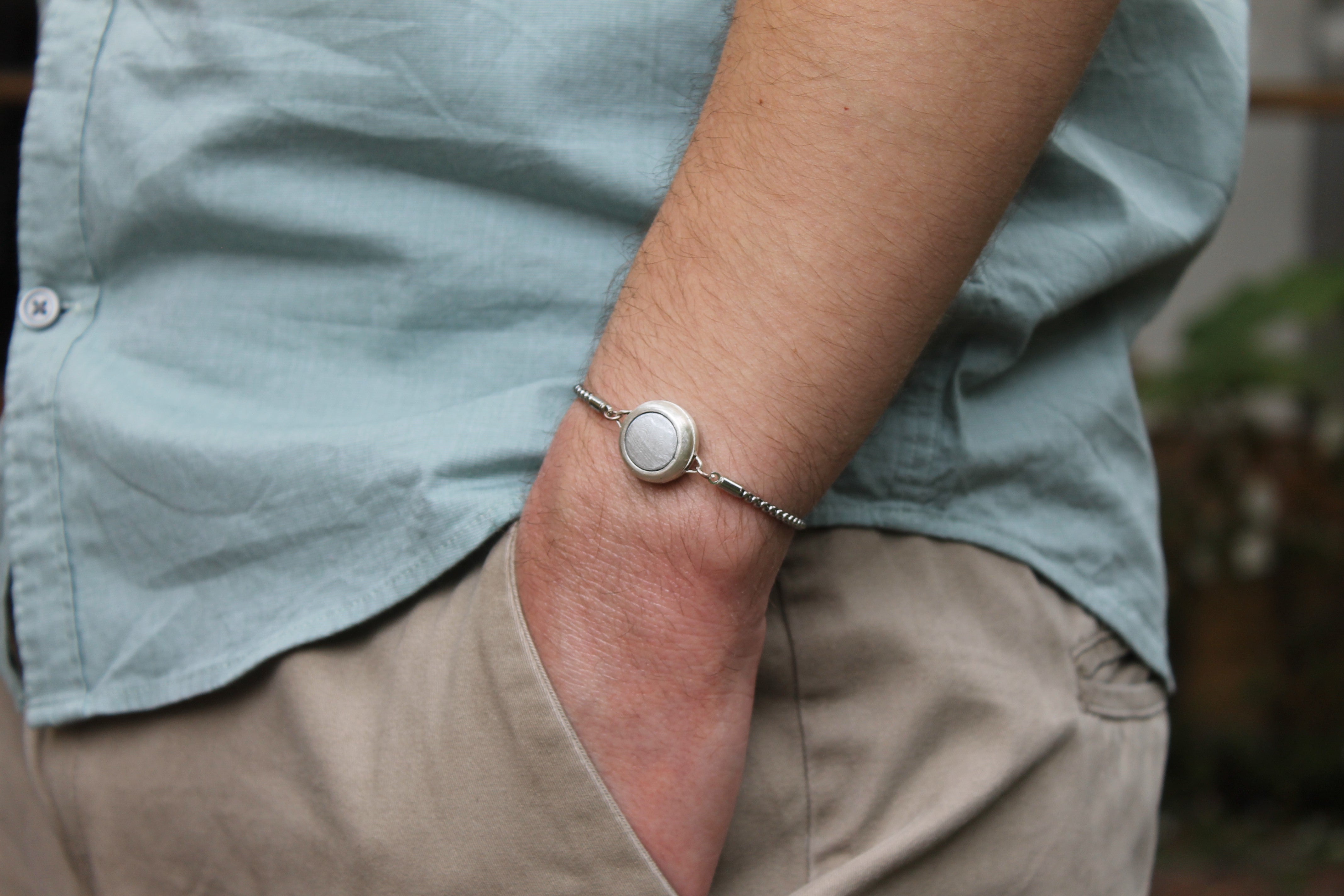If you are a lover of silver jewelry and want to learn how to identify its authenticity, you are in the right place. In this article, we will reveal all the secrets to recognize if your jewelry is really silver, a precious metal used in jewelry for its notable characteristics.
Silver stands out as one of the most used materials in the creation of jewelry thanks to its distinctive shiny silver color, its notable resistance to corrosion and its exceptional malleability, allowing it to be easily handled and worked. In addition, it has antimicrobial properties, which inhibits the growth of bacteria and fungi, making it a favorable option for those with sensitive skin looking to prevent allergies.
1) Examine the purity seals
In your quest to know if your silver jewelry is authentic, pay attention to the number stamps often found on these pieces. These numerical stamps can be “800”, “900”, “925” or “999” and represent the percentage of purity of the metal. If your jewelry has any of these seals then it is effectively composed of a high percentage of silver. However, if your jewelry has accumulated many years and the hallmarks have become worn over time or are not clearly visible, you may opt for a more definitive chemical test at a jewelry store, where nitric acid will reveal the true composition of the metal.
2) Magnet test
For a quick and easy at-home assessment, you'll only need a magnet. When bringing the magnet closer to the jewelry, the silver, being non-magnetic, should present minimal or no reaction to the magnet. If the jewel barely reacts or does not react at all, it is a positive indication that it could be real silver. On the other hand, if the jewelry shows a strong reaction to the magnet, it is likely composed of a mixture of metals that imitate the appearance of silver.
3) Ice Test
Another homemade method to verify the authenticity of a silver jewelry is to use ice. To perform this evaluation, place the jewelry on ice and observe its reaction. Silver has outstanding thermal conductivity, which means that when ice is brought into contact with silver jewelry, it should quickly melt the ice. However, if the ice does not melt quickly, it is possible that your jewelry material has a low percentage of silver or is not primarily composed of this metal. This phenomenon is an indicator of authenticity, as it reflects the silver's ability to transfer heat efficiently.
4) Try chlorine
Another simple test you can perform at home is the rust test. You just need to pour a small amount of bleach on the jewelry and observe its reaction. If the jewelry begins to oxidize and takes on a darker tone, it is probably real silver. On the other hand, if the jewel remains shiny, it could be an imitation. Don't worry if your jewelry darkens, as the silver pieces can be easily cleaned and restored to their original color. Find tips for cleaning your silver jewelry here .
5) Sound Test
The last method is to conduct a hearing evaluation. To do this, drop the jewel from a height of approximately 15 centimeters. If the sound is similar to the tinkling of a bell, with a high pitch, you are likely holding an authentic piece of silver. On the other hand, a deeper sound could indicate an imitation.
These tips on how to recognize the authenticity of silver are applicable to a variety of objects, whether rings, bracelets, or others. We hope that with these suggestions you will become an expert in identifying this precious material.



Share:
Uses and benefits of sharing your location in real time
ALARA: Panic button that transforms personal security